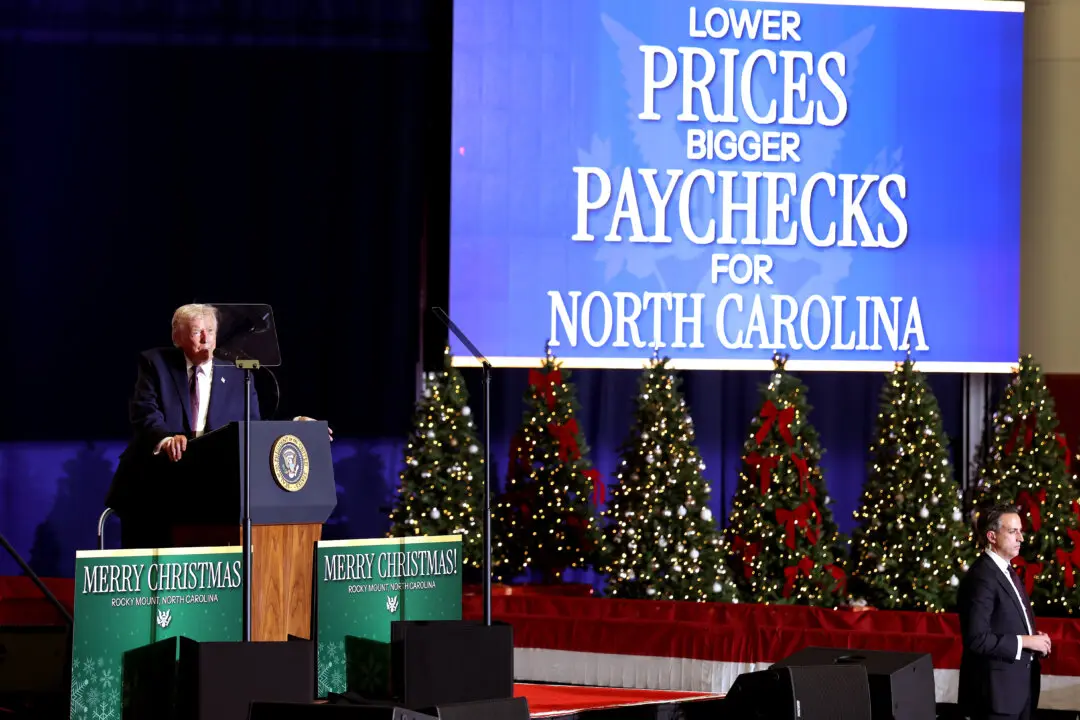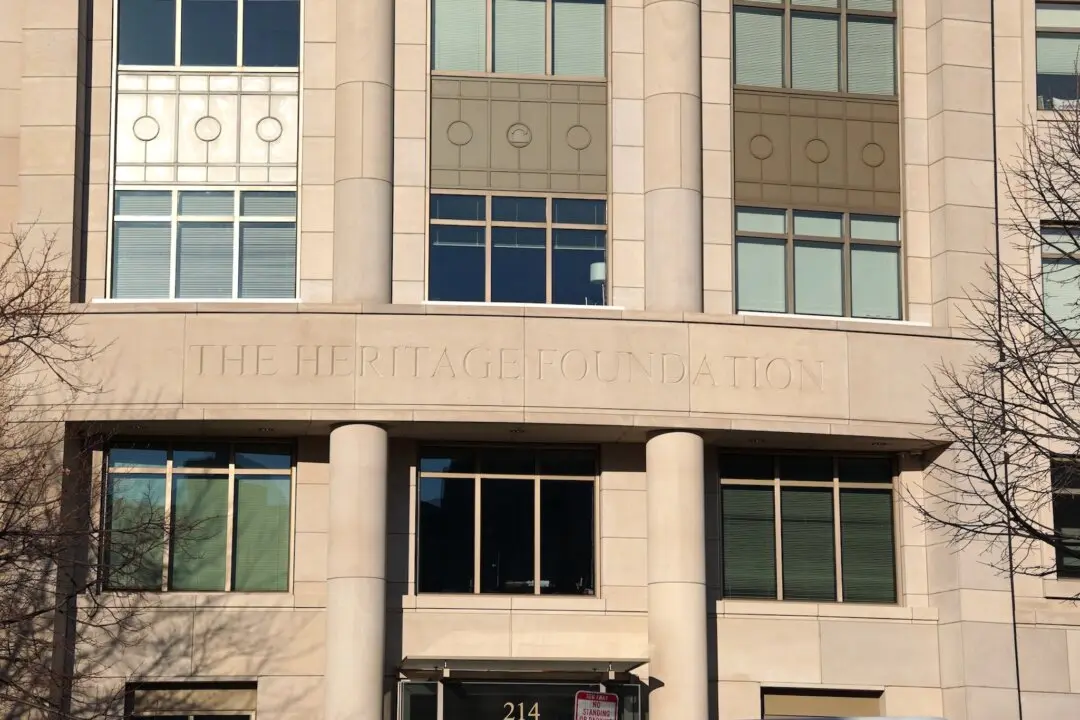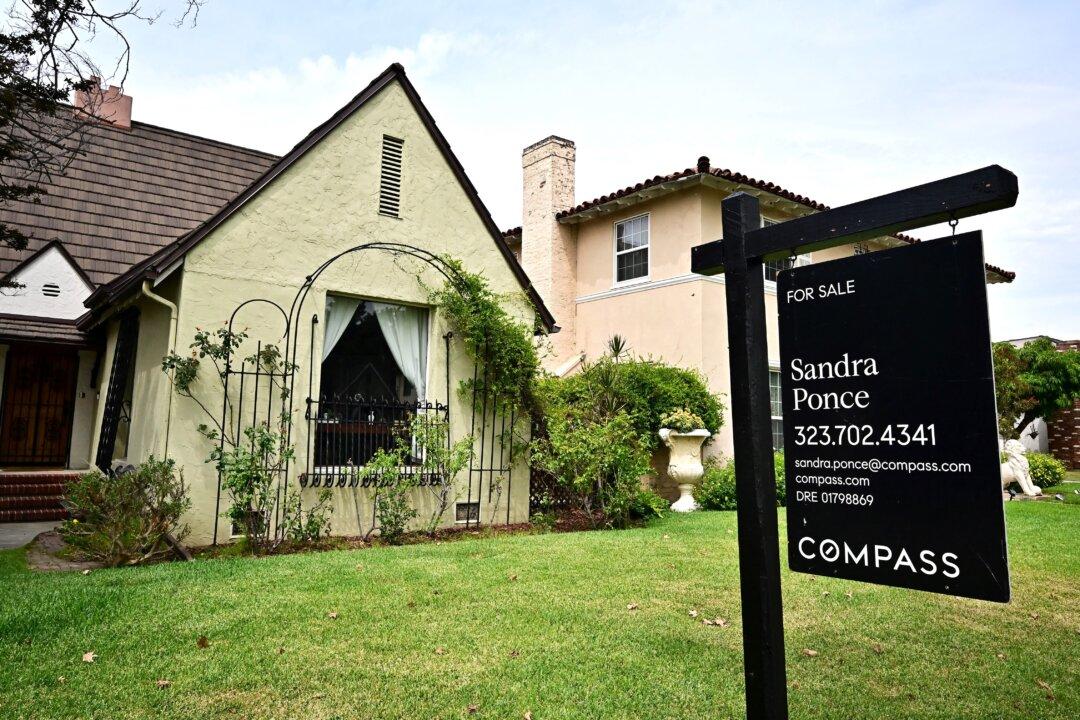WASHINGTON—Investors and economists have been debating the shape of the post-lockdown economic recovery in the United States for months, and they’ve labeled their forecasts for a rebound with letters such as V, W, or U.
President Donald Trump and his advisers have repeatedly touted a “V-shaped” recovery, as the economic data over the past five months showed an exceptional rebound, with some data points already surpassing pre-pandemic levels.





